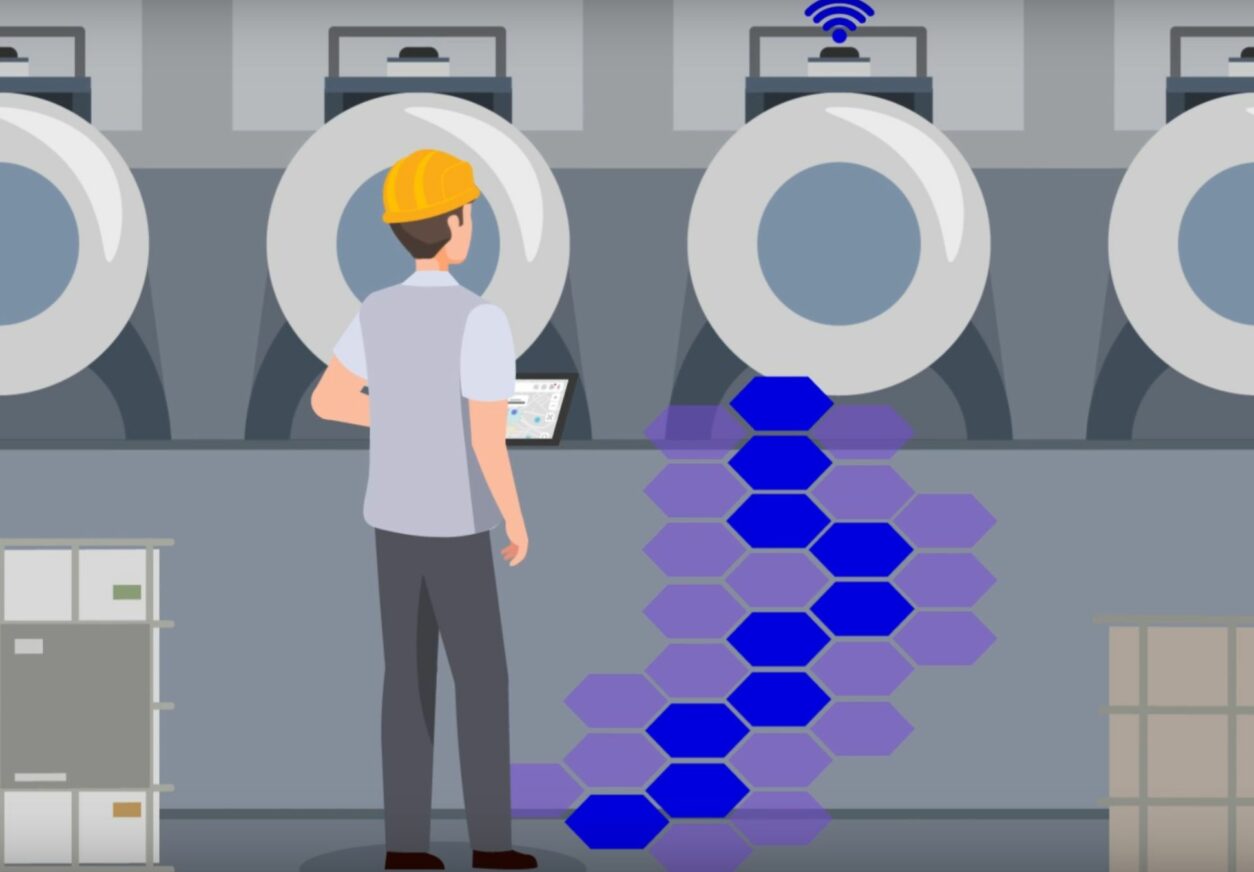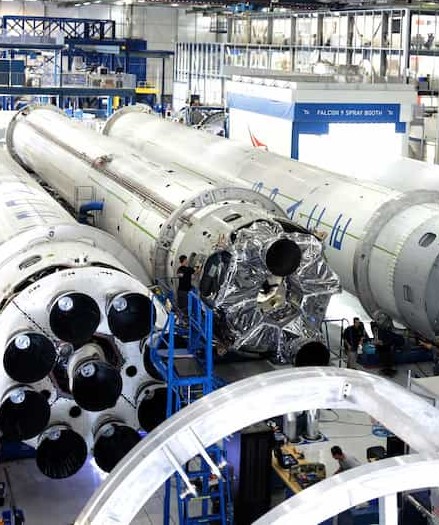The emergence of Digital Lean
Traditional Lean Management is a method of managing and organising work to improve the performance of a company. It was created in the early 1960s by the Japanese Taiichi Ono for the Toyota production system. By reducing all unprofitable activities in a company, this method has been very popular since its creation.
On the other hand, Lean Management as originally conceived is sometimes ill-suited to new digital businesses. In other words, it is not necessarily adapted to the new digital tools and new production, management and communication methods.
In order to adapt to the profound changes that have occurred with the fourth industrial revolution, traditional Lean has been transformed into Digital Lean.
The Lean Digital tools
Digital Lean will therefore use digital solutions to apply the principles of traditional Lean. By using digital tools, it will allow the identification and reduction of waste identified by traditional Lean:
- Overproduction,
- Unnecessary stock,
- Unnecessary travel,
- Unnecessary processing,
- Unnecessary movements,
- Errors,
- Waiting times.
Lean Digital therefore adopts a wide variety of problem solving methods and innovative tools to improve the production chain of companies, and thus meet the challenges of today’s businesses.
Improving communication and customer relations
One of these issues is communication and customer relations. By putting the customer at the centre of its concerns, traditional Lean had already insisted on the importance of these relationships and of marketing communication. Thanks to new innovative tools, Lean Digital will offer a more modern, intuitive and efficient communication system.
Real-time communication platforms, such as Teams for example, allow for more fluid and efficient communication between employees.
Moreover, exchanges between the manufacturer and the customer have also become much more fluid and intensive thanks to digital tools. Powerful software now makes it possible to collect crucial information on consumers, such as their preferences, their purchasing behaviour and their expectations, in order to improve the customer experience.
Digital Lean also allows the optimisation of productivity and the pursuit of operational excellence.
Improving existing methods
While taking up the principles of traditional Lean, Digital Lean also takes up some of its methods, improving them through technology.
Let’s take some examples of these methods transformed by digital.
- The digital Gemba Walk
As a reminder, the Gemba Walk is a Lean tool for continuous improvement that consists of moving around the company to identify waste and thus better eliminate it. The term Gemba comes from Japanese and literally means “where things happen”.
During the Gemba Walk, the head of the company, or a manager, goes directly to the field, to the place where the added value is created. Depending on the company, this may be the factory, the workshop or a service desk, for example. He then observes the working conditions of the employees, the problems encountered on the spot and the most frequent waste. Thus, during this trip, managers are more likely to understand production problems and talk directly with operators.
With digital technology, managers can obtain information directly, wherever they are in the company. This makes it easier to communicate with operators, by already knowing the problem, anticipating it and quickly proposing a solution.
- Digital visual management
Borrowing from the principles of visual management, which consists of creating animations around a table in order to manage objectives in teams, Digital Lean uses a digital tool to multiply the advantages of this method.
It allows you to :
- Be able to manage several projects in parallel without having to multiply the physical boards,
- Consult projects without having to travel,
- Be able to use prepared visual formats that have already been tested and approved by other teams,
- Benefit from additional functionalities, such as training programmes, surveys and voting systems.
- Digital KPIs
In a continuous improvement process, it is essential to define indicators that monitor the company’s activity and measure the effectiveness of any changes made. Thanks to digital technology, these indicators can be consulted in real time on screens located in the workshop. Thus, everyone can follow the global situation of the production and adapt their activity accordingly.
From traditional Lean to Digital Lean: intelligent digitalisation
As we have seen, the digitalisation of companies enables them to adopt a continuous improvement approach, in order to limit waste and improve performance. It thus refers to the fundamental principles of Lean:
- The central place of the customer,
- Optimisation of processes,
- The reduction of unprofitable activities,
- Valuing the human factor in the company, etc…
In other words, Digital Lean takes up the principles of traditional Lean, using the new possibilities offered by technology and thus broadening the possibilities of optimisation.
Written by Emma Guignard








